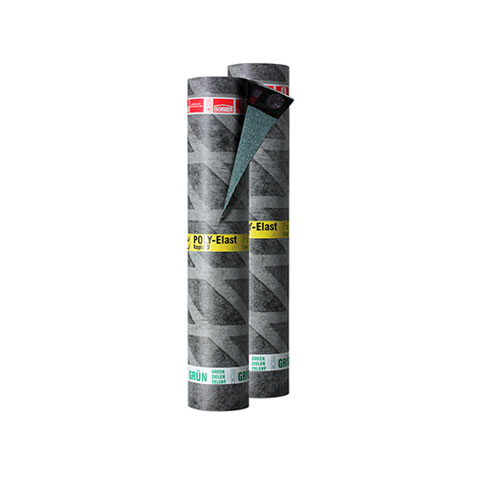Single layer capsheet uses and technical instructions
Single Layer Overlay Guide
A capsheet, also known as a capsheet membrane, is a type of roofing material which is used to provide additional protection to the roof structure. It is commonly used in built-up roofing (BUR) systems or modified bitumen roofing systems. A single layer capsheet refers to a roofing membrane that consists of a single layer of material, as opposed to multiple layers.
Here are some common uses for a single layer capsheet:
Waterproofing:
- The primary function of a capsheet is to provide a waterproof barrier for the roof. It prevents water from infiltrating and damaging the roof structure.
UV Protection:
- Capsheets come with UV-resistant coatings to prolong the lifespan of the membrane and protect the upper surface from damage caused by the sun’s ultraviolet (UV) rays.
Reinforcement:
- Some capsheets are reinforced with materials like polyester or fibreglass to enhance strength and durability. This reinforcement helps resist punctures and tears, also increasing tensile strength.
Roof Maintenance:
- Capsheets are used in both new construction and roof replacement projects. They are also employed in roof overlay systems to extend the lifespan of existing roofs.
Technical Instructions:
Surface Preparation:
- Ensure that the roof surface is clean, dry, and free of debris before installing the capsheet. Any irregularities or damage to the underlying roofing substrate should be repaired.
Adhesive Application:
- Apply a suitable bitumen primer to the prepared substrate. The type of primer used may depend on the specific capsheet material and the roofing system in use.
Roll Installation:
- Unroll the capsheet over the adhesive-coated substrate, starting from one end of the roof. Carefully smooth out any wrinkles or bubbles to ensure proper adhesion.
Seaming:
- Head laps and side laps on the capsheet should be carefully sealed to prevent water infiltration. The method of seaming may depend on the specific product, and it often involves heat welding or the use of adhesives. On completion a 4/6mm bitumen bleed should be visible.
Flashing Installation:
- Install flashing around roof penetrations, details, and other vulnerable areas to enhance waterproofing and weather resistance. This will incorporate and suitable underlay.
Curing and Inspection:
- Allow the installed capsheet to cure according to the manufacturer’s recommendations. After curing, inspect the installation for any defects or areas that may require additional attention.
Maintenance:
- Perform regular inspections and maintenance to ensure the ongoing effectiveness of the capsheet roofing system. This should be carried out on a yearly inspection. Address any issues promptly to prevent more extensive damage.
Always follow the manufacturer’s specific instructions and guidelines for the particular capsheet product being used, as different materials may have unique installation requirements. Additionally, local building codes and regulations should be adhered to during the installation process.
Please find our contact details below and do not hesitate to contact us for more information:
WonderBuilds Team

Dina Vaisman
Co-founder and Director · WONDERBUILDS
MSc International Financial Management


